What Next?
The vexed question of what follows our first domestic trophy in seventy years with some echoes from history.
After the Lord Mayor’s Show, what’s next?
Is our memorable day in the sun on 16th March the start of something much bigger or just a beautiful blip? I thought it might be helpful to have a look at how previous regimes at St James’s Park have managed the process of building after cup success to see if any lessons can be learned.
As we all know, our most recent domestic cup success prior to last month was on 7th May 1955 when we beat Man City 3-1 to record our third FA Cup win in 5 years. The Cup was a much bigger deal than the league in those days as there was no European competition until the following season (Real Madrid won the very first European Cup in 1956) and the FA, in their usual short-sighted way, prevented English clubs from playing in it until the following season). So the Wembley final was the climax of the English season.
The Newcastle United team which won in 1955 included players who had also won promotion in 1948 and the cup in 1951 and 1952 - the likes of Milburn, Mitchell and Cowell - and it couldn’t be described as a team for the future. There was probably a sign of things to come when we were beaten 3-0 by League Champions Chelsea in the Charity Shield.
There were no new signings when we opened the season with a 4-2 win over Sheffield United on August 20th 1955 in front of 42,559 at St James’s. Unfortunately, one of our stalwarts, the aforementioned Bobby Cowell, wasn’t there as he had been crocked in a pre-season friendly in Germany. He was replaced by Ron Batty who went on to make over 160 appearances for the club. He was already 30 by the time of his first team breakthrough.
Of course these were very different times for footballers. They were tied to the their clubs in one-sided contracts which meant the club could hold on to their playing registrations even after their contracts had ended - what was called the ‘retain and transfer’ system. It was this that George Eastham successfully campaigned against in the early 1960s.
The transfer system was also very different. Players could be bought and sold any time from the end of one season until the end of the March the following season. In other words there was only a brief window for the final few weeks of the season when players could no longer be transferred.
So the clubs had much more power then regarding wages paid (there was a maximum wage), when players could move and who they could move to. Transfers abroad were very rare and when they happened it meant the end of any international aspirations for the player concerned.
After our 1955 cup success, the focus wasn’t on players so much as the manager, Duggie Livingston, who managed to alienate a number of the established players and raise eyebrows in the boardroom, especially with his non-selection of Wor Jackie for the Cup Final.
The result was Stan Seymour resuming control of playing matters, returning to the old committee system (a system that most clubs had abandoned by this time), with Livingstone shifted to coaching the youngsters. This at a time when English football was finally beginning to move away from its insular attitudes after the humiliation of the national team, home and away, by Puskas’s Hungarians.
As a club and as a country we were in danger of being left behind. And so it proved as we started to drop down the league - 11th in 1955/56, 17th in 1956/57 and 19th in 1957/58 (22 teams in the division and only 2 relegated).
We saw a bit of an upswing in 1958/59 and 1959/60 on the backs of Ivor Allchurch, George Eastham and Len White (one of our best ever number 9s) but despite having a stellar forward line we conceded far too many and ended up being relegated in 1961 having let in 109 goals. The lack of leadership and conflict at the top of the club cost us dearly.
Of course, 1955 wasn’t our most recent trophy before 2025 but again it seemed as if lessons hadn’t been learned from 1955-60.
The 1969 Fairs Cup triumph and the capacity 60,000 gates that accompanied it meant that net income rose to £44,000. However, at least on this occasion the club did splash the cash from our run to the final, £100k on Jimmy Smith to bring some flair to the midfield. And we did remain a force in Europe for a couple of seasons - who could forget that memorable tie against Anderlecht and the Battle of St James’s against Inter Milan?
The club followed up the signing of Smith with the arrival of Malcolm Macdonald for a club record £180,000 in 1971 effectively to replace Pop Robson who had accused the Board of a lack of professionalism.
Pop was a tough act to follow, having scored 97 goals in 243 games as well as working his socks off for the team. His departure coincided with Wyn Davies leaving, to be replaced by John Tudor.
Harvey also brought in his usual astute signings at low cost - Terry Hibbitt and Terry McDermott being the most successful examples. But something wasn’t right. We had the players to beat any team on our day (those days being almost exclusively at St James’s Park) but lacked the tactical nous and organisation to take that form away from home.
This was highlighted during the 1974 Cup Final when Bill Shankly schooled Joe Harvey regarding how to set up a team tactically and make in-game decisions. Joe was great at rousing team talks and a brilliant judge of a player but he was struggling to adapt to the way the game was changing.
The club gave him until the end of the 1974/75 season when he was moved into scouting and a new type of coach/manager, Gordon Lee, was appointed.
But Lee also fell out with the board and left to join Everton, which led to a full on rebellion in the dressing room which eventually resulted in the club being relegated in 1978. For the second time this was due to the Board showing a lack of foresight and understanding of what was needed in the modern football era.
Key decision makers didn’t understand the importance of the manager in creating and developing a team and setting it up tactically. Stan Seymour remained a Board member until his death at the age of 83 in 1978 - and he was by far the most qualified person in the Boardroom.
The theme emerging here is that the Board were out of date and unable to provide the sort of leadership that was provided at the likes of Liverpool and Arsenal. Nor were they willing or able to identify and support a manager like Brian Clough, Bobby Robson or Howard Kendall to take the team to a new level on the pitch. The fact that they appointed an old-school disciplinarian like Bill McGarry to try to restore the club to the First Division shows how far out of touch they were. No wonder supporters were chanting ‘Sack the Board’.
Even when they stumbled upon a capable manager like Arthur Cox, they failed to retain him after promotion from the Second Division was achieved. We were being managed by a group of parochial businessmen, the chairman of whom described the club as ‘the family silver’.
And nothing really changed until John Hall and Freddie Shepherd took the club over in 1992.
On a happier note, I guess what is new is the people we have in charge of the club now seem to be focused on success and professional in their approach and for that we should be grateful.
God knows they don’t have to do much to be better than their predecessors. Time will tell just how good they are but a trophy in the first three years isn’t a bad start!
WALLACE H WILSON

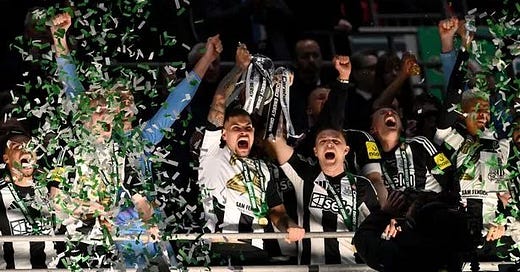


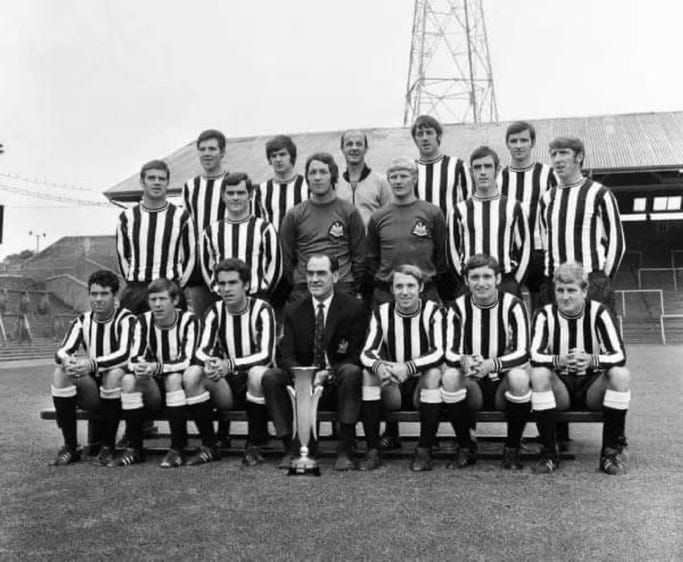
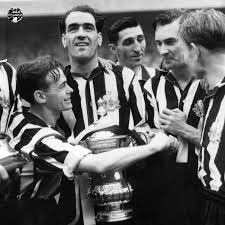
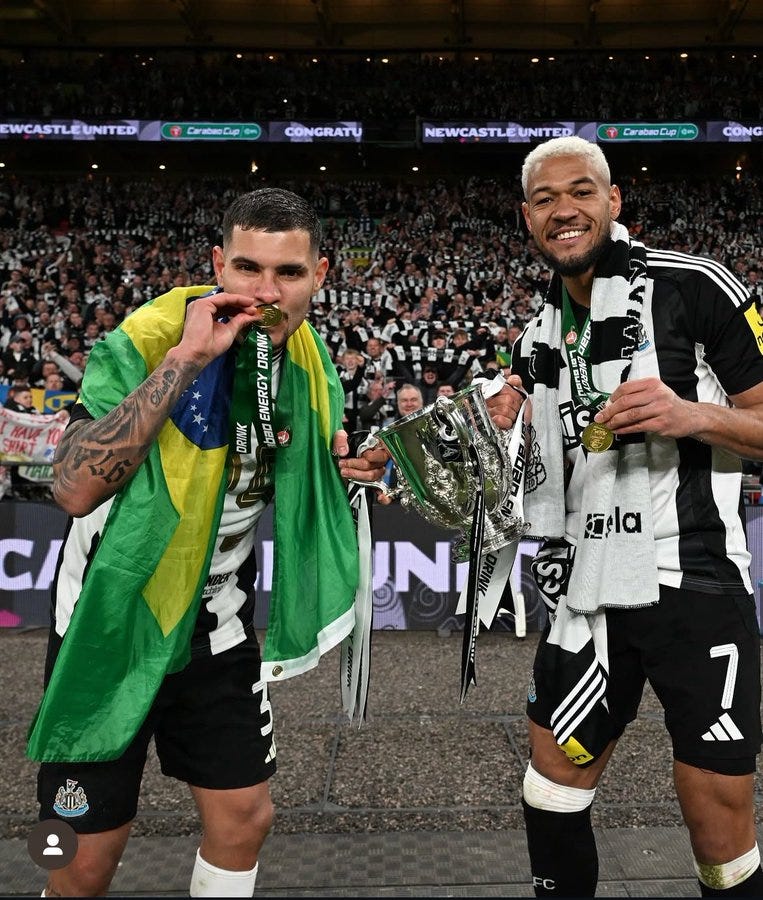
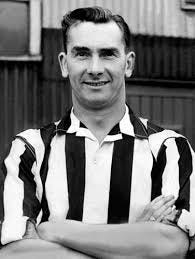

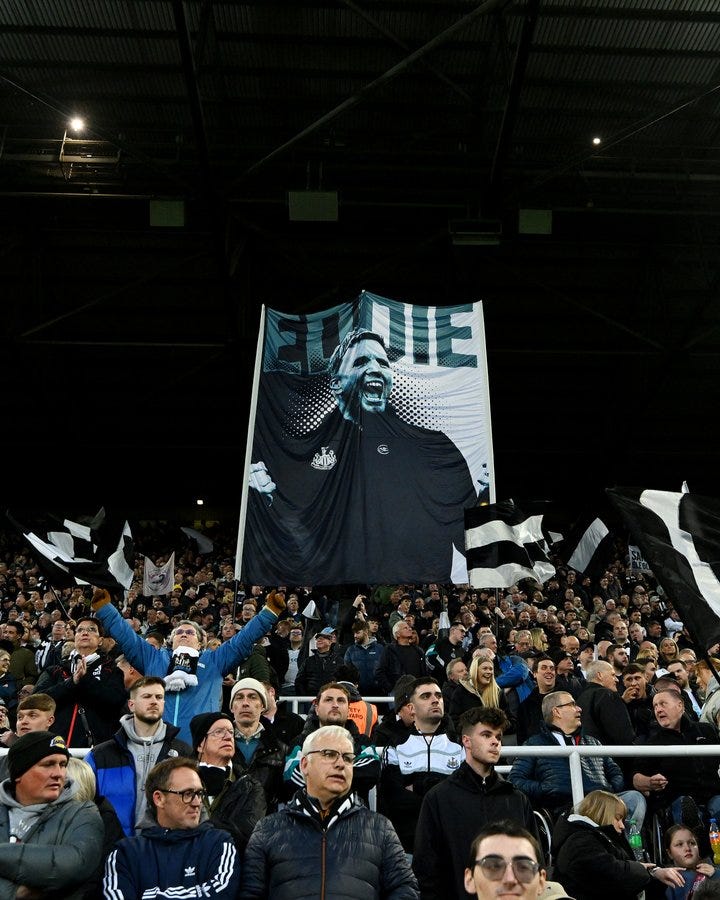
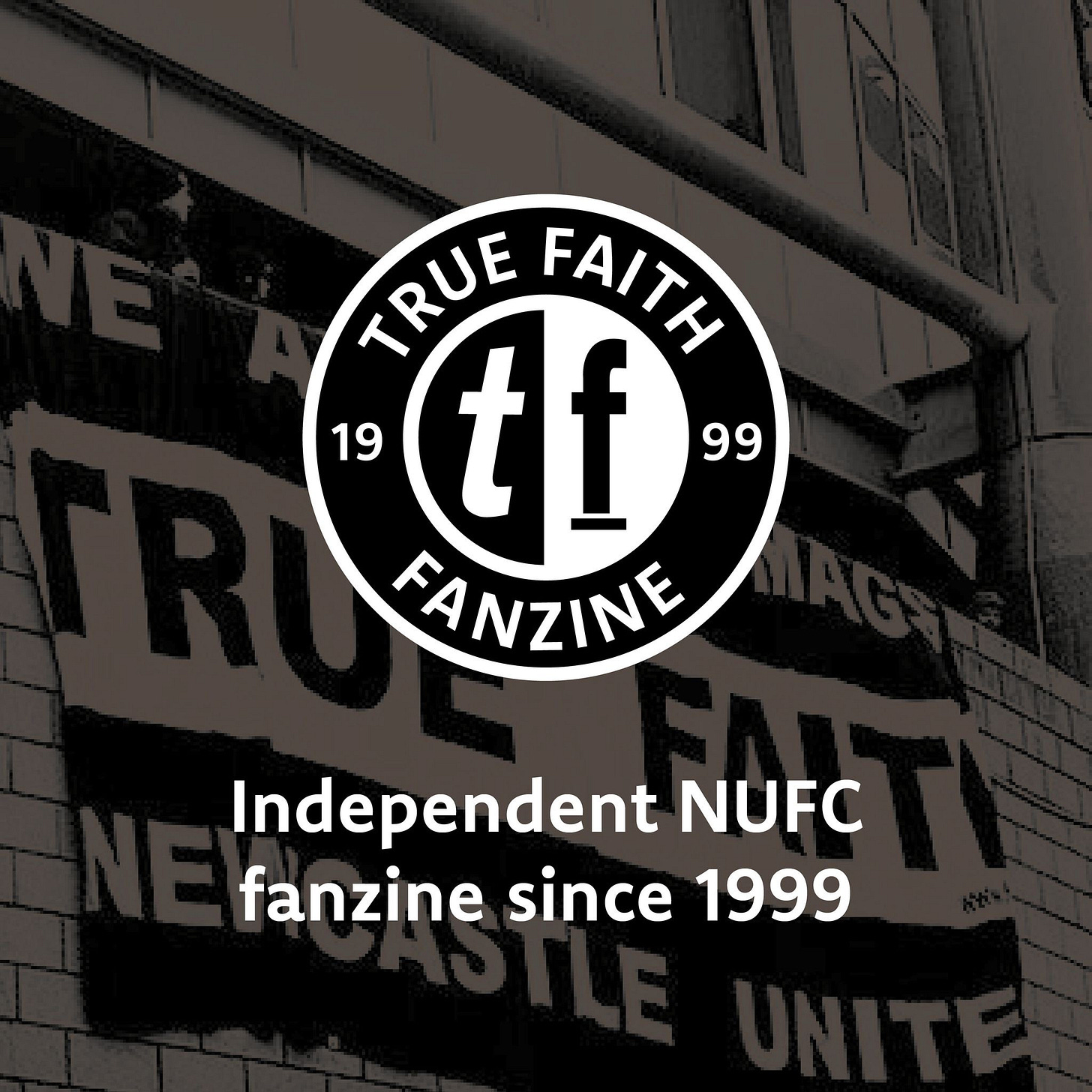
Nice brief history lesson Wallace 👍
Speaking of which I always thought not grooming Keith Burkinshaw to take over from Harvey was a big mistake by the club. The spurs team under him always seemed exciting during that period.
It depends if NUFC spend the money wisely when Isak is peddled to the highest bidder this coming close season. If NUFC buy three gems, then we'll be ok, if not, then who knows! And Eddie needs to be supported, even during our odd, but inevitable, rocky patches.